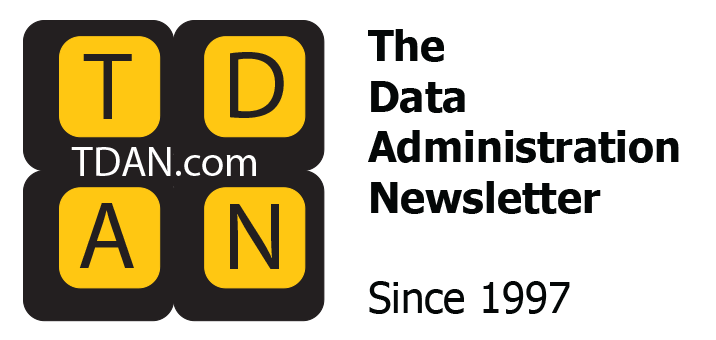
Oxford University Press’ 2024 Word of the Year, “brain rot,” is both funny and frightening. It captures what happens when we spend too much time swimming in trivial content — endless scrolling, bite-sized videos, and memes that somehow stick in our heads longer than important things like where we left our keys. It’s the deterioration of focus, the weakening of mental stamina, and the acceptance of the ridiculous as everyday truth. And let’s be honest, if you’ve ever lost three hours to TikTok thinking it was three minutes, you know exactly what brain rot feels like.
But brain rot is more than just a cultural joke. It is a linguistic mirror. The word shot to prominence because it names something we all experience, but hadn’t yet defined. That’s what makes it stick. It’s catchy, relatable, and almost too accurate. Oxford didn’t pick brain rot because it is cute. They picked it because it hit a nerve — or perhaps more accurately, revealed what happens when our nerves have been fried by content consumption.
Introducing Data Rot
If brain rot is the decay of our minds from bad inputs, then Data Rot is the decay of our organizations from bad data inputs. Data rot doesn’t happen because people don’t care. It happens because organizations keep pumping out data without checking whether it’s trustworthy, aligned, or even necessary. Like brain rot, it starts slowly — a missed definition here, a duplicate dataset there — until the whole environment feels cluttered and unusable.
Data rot is when the system looks busy, but the value is nowhere to be found. Dashboards keep multiplying, reports keep landing in inboxes, and executives keep nodding along, but no one trusts what they’re looking at. Just like the memes that clog our mental bandwidth, low-quality, unmanaged data fills up systems until everyone feels tired, confused, and a little worse for wear.
Characteristic 1: Overconsumption Without Substance
Brain rot thrives on overconsumption — endless snacks of empty content. Data rot does the same with endless data. It’s not the volume that kills value. It’s the lack of nourishment. More reports don’t mean better insights, and more dashboards don’t mean smarter decisions. They just mean more clutter.
The cure for data rot isn’t to block access, but to focus on meaningful governance. Non-Invasive Data Governance thrives here because it doesn’t stop people from producing or consuming data. It just adds accountability, so the substance outweighs the fluff. Think of it as the organizational equivalent of swapping chips for a salad — still tasty, but now it’s doing your system some good.
Characteristic 2: Declining Mental (or Organizational) Stamina
Brain rot wears down our ability to concentrate. Data rot wears down an organization’s ability to make confident decisions. When every number has three versions, every definition sparks debate, and every system has its own truth, decision-making slows to a crawl. Leaders stop trusting their dashboards and start relying on gut instinct — which defeats the whole point of collecting data in the first place.
Non-Invasive Data Governance provides stamina by anchoring accountability. When people know who’s responsible for what, decision-making speeds up. Instead of endless debates about which number is right, organizations can spend their energy acting on insights. In other words, governance restores stamina by replacing chaos with clarity.
Characteristic 3: The Embrace of the Absurd
Part of the charm of brain rot is that we laugh at how absurd it all is. But let’s not pretend organizations aren’t guilty of the same thing with data. Data rot leads to absurdity when people proudly circulate reports no one reads, celebrate data lakes that are really swamps, or brag about AI initiatives while the underlying data is a mess. It’s corporate theater, and everyone is in on the joke, except the joke costs real money.
The fix here isn’t to cancel absurdity altogether — sometimes a little weirdness is what keeps us sane — but to recognize when the absurd is eating into value. Governance turns the spotlight away from theatrics and onto impact. If a report isn’t read, why is it produced? If AI is hallucinating, why are we trusting it? NIDG doesn’t shame the absurd. It quietly corrects it, so the punchline doesn’t become the business case.
Characteristic 4: The Shared Recognition of a Problem
Brain rot became Oxford’s Word of the Year because people everywhere nodded in recognition. We laugh at the phrase because we know it’s true. Data rot has the same collective recognition waiting to happen. Most people in organizations already sense that their data has rotted — too much, too inconsistent, too untrusted. They just haven’t had the language to describe it in a way that sticks.
By framing it as data rot, we name the problem and make it harder to ignore. The next step is to show there’s a cure — and that cure is not another top-down compliance initiative. It’s an approach that acknowledges the reality of people’s roles, embeds accountability naturally, and connects governance to mission outcomes. That’s the power of Non-Invasive Data Governance. It gives organizations the ability to fix rot without replacing the whole system.
All in the Data — The Final Punchline
Brain rot makes us laugh because it’s universal. Data rot should make us act because it’s dangerous. Organizations can’t afford to let their most valuable asset decay while pretending everything is fine. Just as we’re learning to put down the phone and step away from endless scrolling, organizations must learn to step away from the noise of unchecked outputs and embrace outcomes.
Remember… It’s all in the data. The truth is clear — brain rot eats our attention, but data rot eats our future. And unlike memes, governance has the power to cure it.
Copyright © 2025 – Robert S. Seiner and KIK Consulting & Educational Services
Non-Invasive Data Governance® is a registered trademark of Seiner and KIK Consulting
